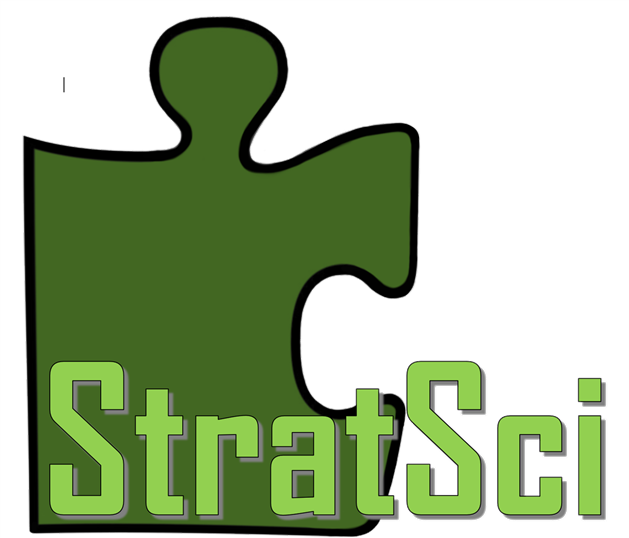So, been gone for a very long time.
Explanation – life is what happens while you are making other plans. Survived the “new normal” economy. New day job, new house, lots of new changes.
First a good strategic lesson I just picked up from a really popular blog: The Art of Non-Conformity
“…one important fact: it is always very important to carefully examine someone’s motives in communicating.
Whenever you read something, ask yourself, “What are the author’s motivations? Why did he or she choose to devote a great deal of time and effort to one particular thing in exclusion of others?”
Good lesson from Chris Guillebeau. Why am I doing this? Because writing about strategy helps me understand it. And I love strategy and want to understand it better. Sharing it helps because other people read what I say, let me know when I’m wrong, challenge my assumptions, and help me learn.
So, I was speaking of new changes in my life.
Including a paradigm shift here at Strategic Science. This started out as my rather ambitious goal of putting out well researched, well edited and referenced technical essays on strategy on a consistent basis. That takes way too many hours. Obviously not a realistic goal. But I did get a surprising amount of very positive feedback for my efforts. And since noticed I’ve still spent an inordinate amount of time writing about strategy. Just that half of it went to a couple of friends in email, and the rest sits in a filing cabinet full of notes…
Not an effective strategy. I got OODA Looped by a combination of unrealistic expectations and normal distraction caused by life, family, career, kids.
So to apply lessons learned. It’s easy to lose sight of strategic goals when urgency ends up trumping priority. Or in this case tactical (short term) needs trumps strategic (i.e. long term goals). And one of my long term goals is to use this tool as a way to build a strategy body of knowledge.
So going forward, probably less technical rigor – but hopefully more than a couple posts a year.
Today’s lessons to share. “It is always very important to carefully examine someone’s motives in communicating.”
But to go beyond the obvious, do that with yourself. Carefully examine your motives in what you are doing. Are your actions, tactics, methods strategically aligned with your goals? Mine were not, and I’m the strategy geek. Sure, there are mitigating circumstances that impede strategy. Clausewitz and the United States Marine Corps call that strategic friction “That which makes the seemingly simple extremely difficult.”
Strategic alignment is a no brainer right? You need to focus on your schwerpunkt, balance urgency with strategic priority, and keep your actions aligned with your schwerpunkt. As Myomoto Mushashi wrote “Do nothing useless.”
But plan for friction. It will happen. If you’re at war or in construction the obvious friction will be weather and logistics. If your executing strategy in business, your obvious friction will be budget and culture; or as Stephen Haines liked to say, “The Shark of culture eats strategy every time.”
Plan on friction, or you will make the same mistake I made for the last two years. Scroll down the blog and you’ll see the results made by underestimating strategic friction. You may get by for awhile, but don’t be surprised when you get bogged down.

Leave a Reply